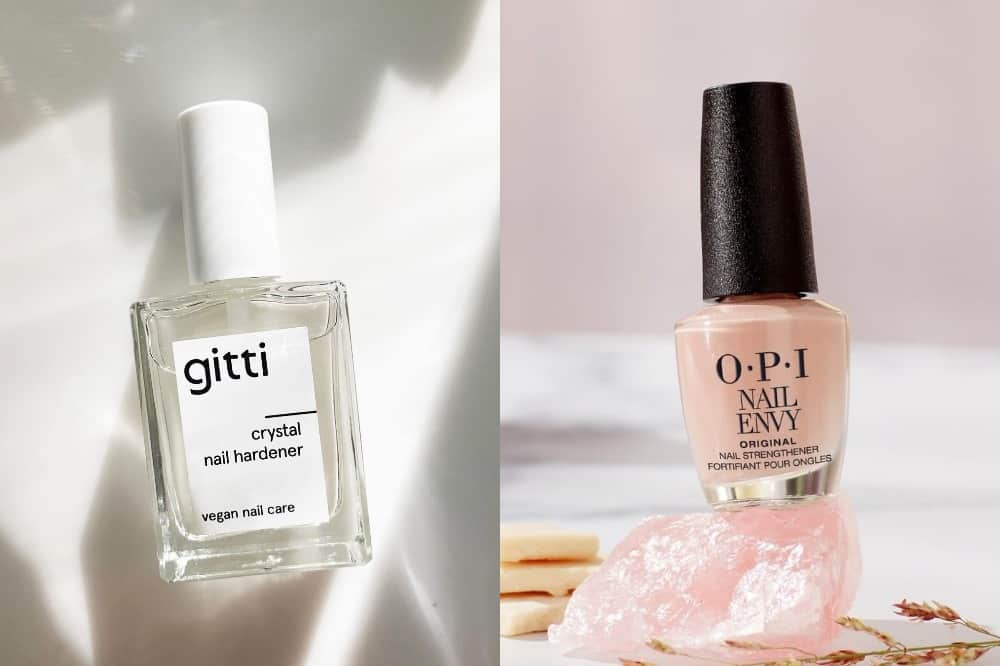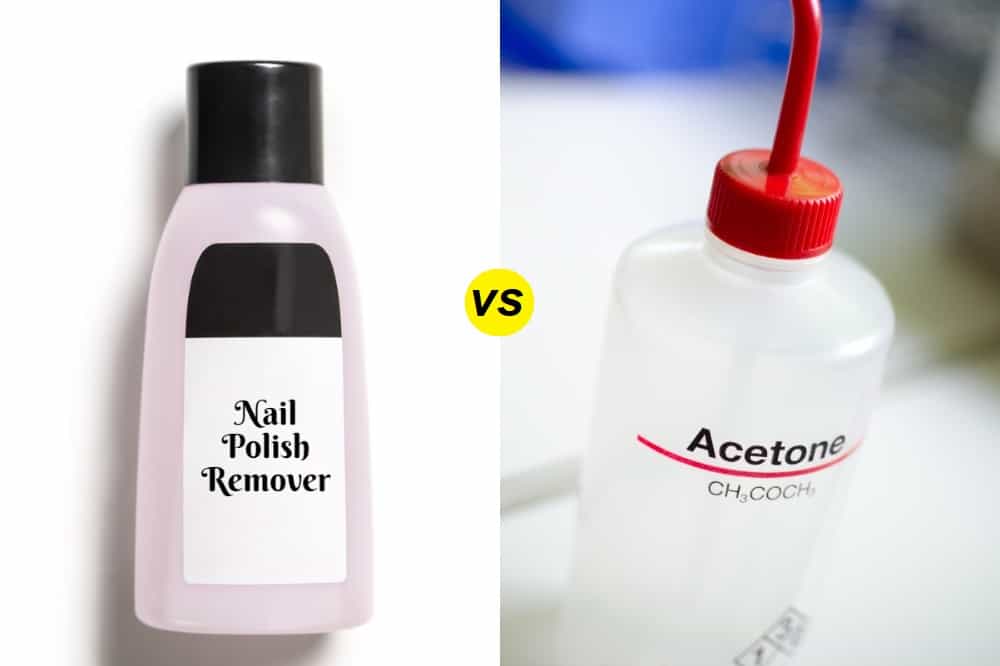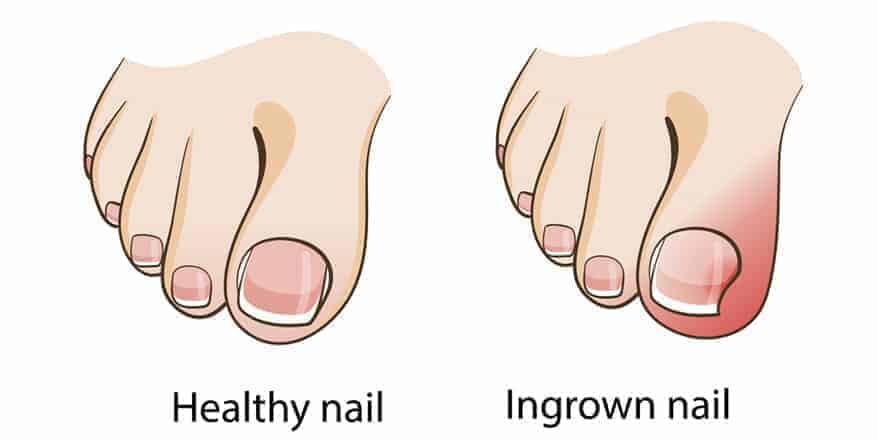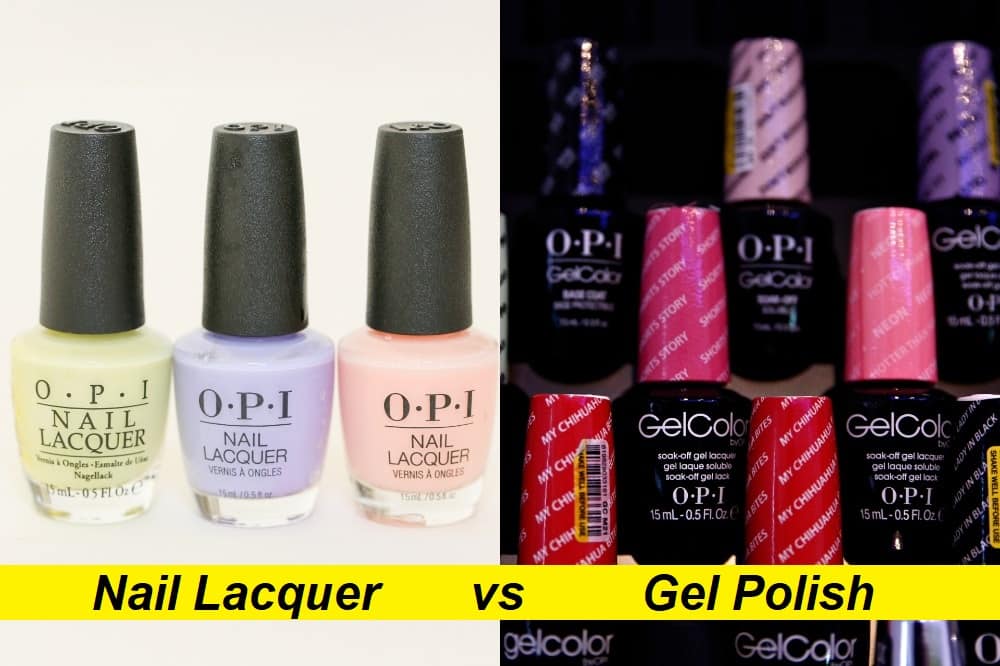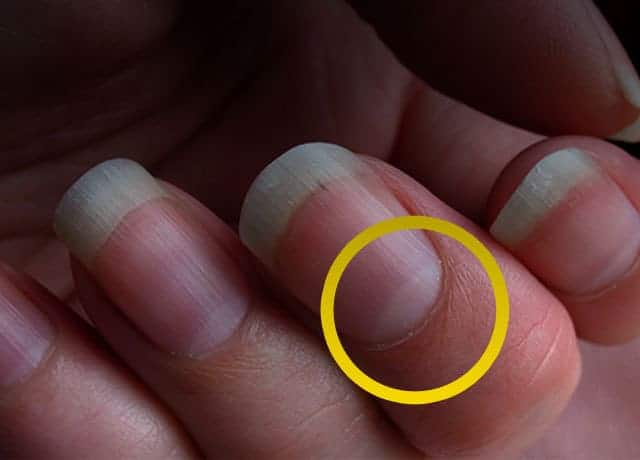Nail Hardener Vs. Nail Strengthener: Which One Is Right for You?
When your nails are dry, weak, and brittle, they break easily. This can make growing out your tips impossible, which can be frustrating if you’re hoping to experiment with different nail styles. Short nails are limited in shape, allowing for little more than a rounded or square tip. So, you’ll need to strengthen your nails but are now confused about the difference between nail hardener and nail straightener.
In an annoying catch-22, measures you take to achieve that long, lean nail bed can further weaken your nails. For example, acrylic nails are a popular solution for short nails, but they weaken the natural nail, making it even harder to grow naturally.
Don’t stress: There is help available. Nail strengtheners and nail hardeners help to create more durable and robust nails. But what’s the difference— and which one is right for you? Read on for a quick primer to the nail hardener vs nail strengthener debate.
Nail Hardener
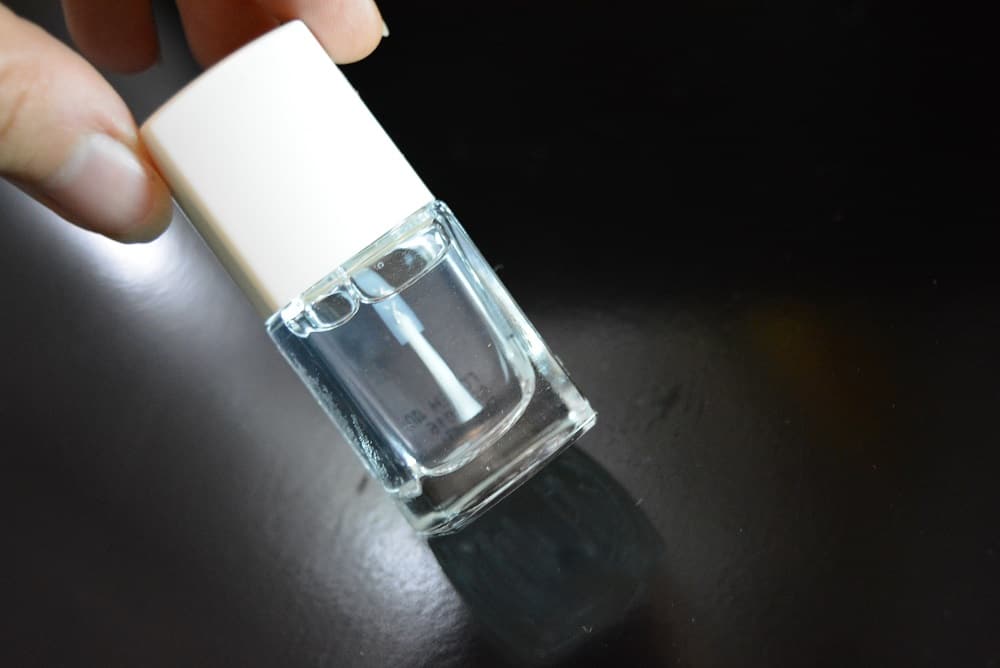
A nail hardener strengthens the nail bed immediately by adding a tough, impermeable layer. It consists of a clear lacquer that goes on thick and tries into a translucent layer, offering an added layer of protection for the nail.
Nail hardeners help keep the nail from breaking and prevent chips, making it easier to grow out a long and healthy nail. If you’re dreaming of long, elegant nails, this can be a big boon. There are two types of nail hardeners, reinforcing and cross-linking.
Cross-linking hardeners bind to the keratin in your natural nails, making the nails more rigid and less flexible. Reinforcement hardeners don’t have this binding effect and sit on the nail, creating a tough barrier between the nail and the exterior world.
How Do You Use Nail Hardener
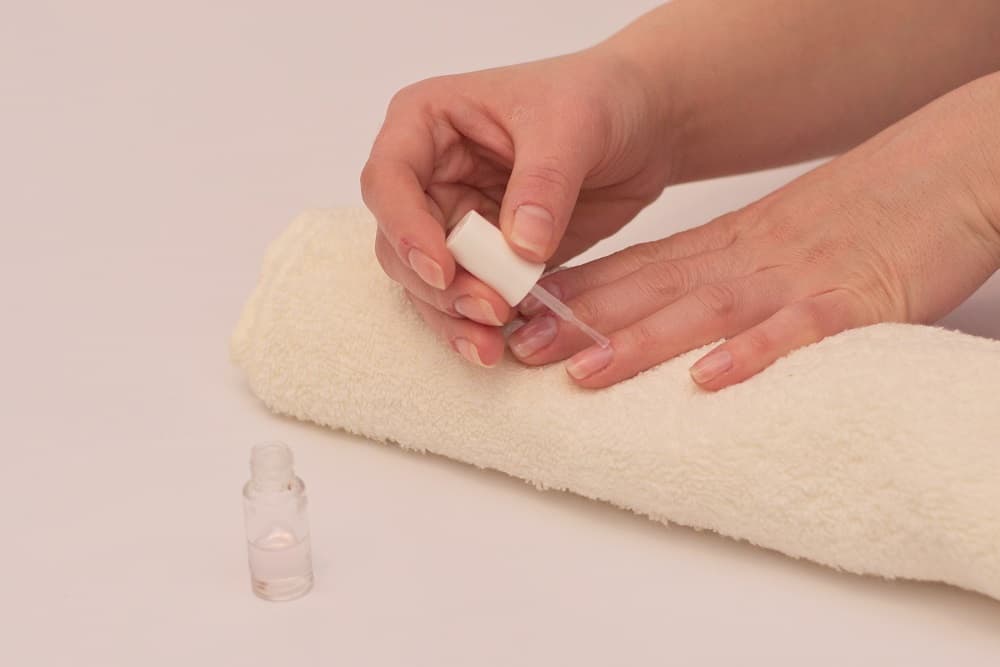
A nail hardener goes on like a polish with a small brush. It’s fast and easy to apply and dries quickly. You can let it sit and then treat it as a base coat, adding a colored polish on top. Just make sure it’s thoroughly dried before applying an additional coat.
Alternatively, if you don’t want to add a vibrant hue, wear the hardener solo, which will provide a shiny finish. This can make for a nice natural look that works well in professional settings and complements any outfit.
You don’t have to reapply nail hardener with every manicure. You may reach for it on special occasions when you notice your nails are particularly brittle, dry, and bumpy. A nail hardener is a good solution since this can make for a poor canvas for painting on polish.
Nail Strengthener

A nail strengthener is different from a nail hardener because it doesn’t just protect the nail. It also nourishes it. These formulas are not designed as a quick fix. Instead, they offer a big-picture solution to healthier nails in the long term.
Nail strengtheners infuse the nail with nutrients. Instead of just sitting on top of the nail’s surface, the solution penetrates the nail plate’s keratin to reach the lower layers of the nail. Nutrients, minerals, and micro-proteins then nourish the nail’s natural keratin, making it stronger.
A nail strengthener simultaneously acts as a protective layer, creating a web-like coating over the nail that reinforces its natural structure. In this sense, it shares the purpose of a nail hardener—which is one reason why people tend to confuse nail hardener vs nail strengthener.
How Do You Use Nail Strengthener
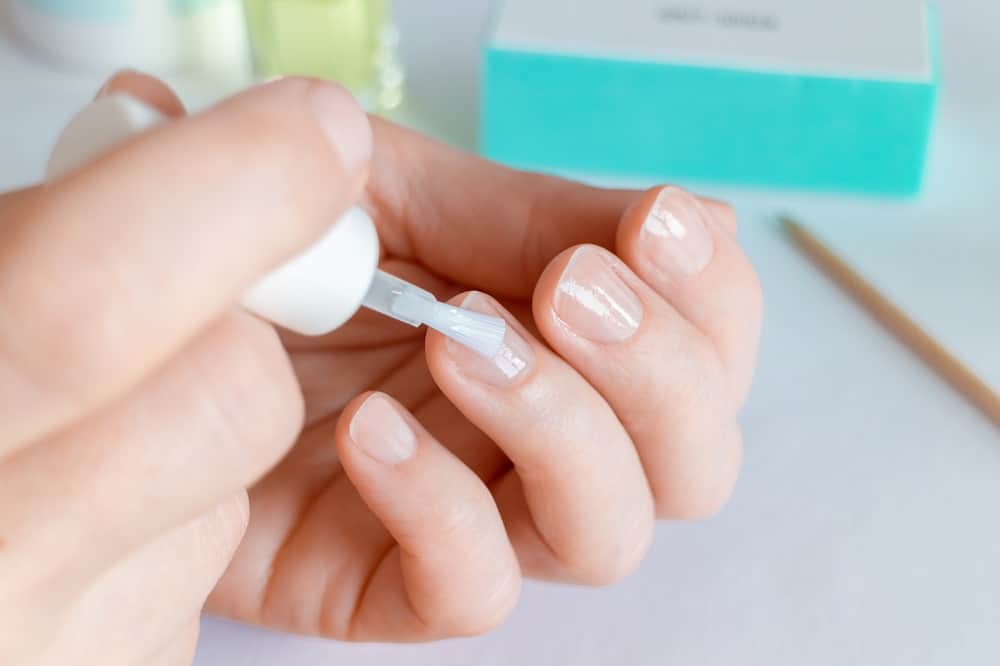
Nail strengtheners are likewise applied like nail polish. They are painted onto the nail with a small brush and left to dry. As with a nail hardener, it’s essential to allow the solution to dry thoroughly before applying a nail color on top.
For maximum results, it’s essential to use nail strengthening solutions regularly. You can’t expect much from a single application. If you swap out your nail color once per week, apply a strengthener every time. Ideally, every 7 to 14 days is the minimum timeframe for reapplication.
Nail Hardener Vs. Nail Strengthener: Which One Do You Need?
So, nail hardener or nail strengthener: Which one is right for you? It depends on your goals. Remember, a nail hardener toughens up the nail plates. In contrast, a nail strengthener nourishes the nail, making it stronger with time.
If you’re looking to grow out your nails long-term and want to maintain an elongated nail bed that’s healthy and less prone to breakage, opt for a nail strengthener. While it will take regular application and time to see results, it will provide a more positive long-term effect.
In contrast, if you are looking for an immediate short-term solution to nail breakage, you can try a nail hardener. It will provide a protective barrier and toughen up your nail plates, minimizing the odds of immediate fissures.
However, nail hardeners make the nails so rigid and inflexible that they may be prone to more breakage in the long term. Plus, hardeners don’t nurture the nail bed itself.
Further, beware that some nail hardeners contain ingredients that can cause damage in the long run. Formaldehyde is one common culprit. Again, these materials can ultimately cause nails to become more prone to breakage. Use products with formaldehyde sparing or, ideally, not at all.
If you’re opting for a nail hardener, at least choose a cross-linking kind, which binds to the nail’s keratin proteins and provides some added natural protection—instead of just creating a tough protective barrier on top.
The Final Words
Nail strengthener and nail hardener are both valuable items to have in your manicure toolkit. While these two terms are often confused, they refer to different solutions, each with benefits and purpose.
A nail hardener is ideal for short-term protection, adding a tough top layer to the nail that can help prevent breakage. However, in the long term, nail hardeners make the nail plate increasingly brittle. This can ultimately cause even more breakage.
In contrast, nail strengtheners nourish the nail with vitamins, minerals, and proteins. They are a lasting solution for building healthier, stronger nails that are less prone to breakage and chips. If you want to grow out your nails, a strengthener is a must-have.
